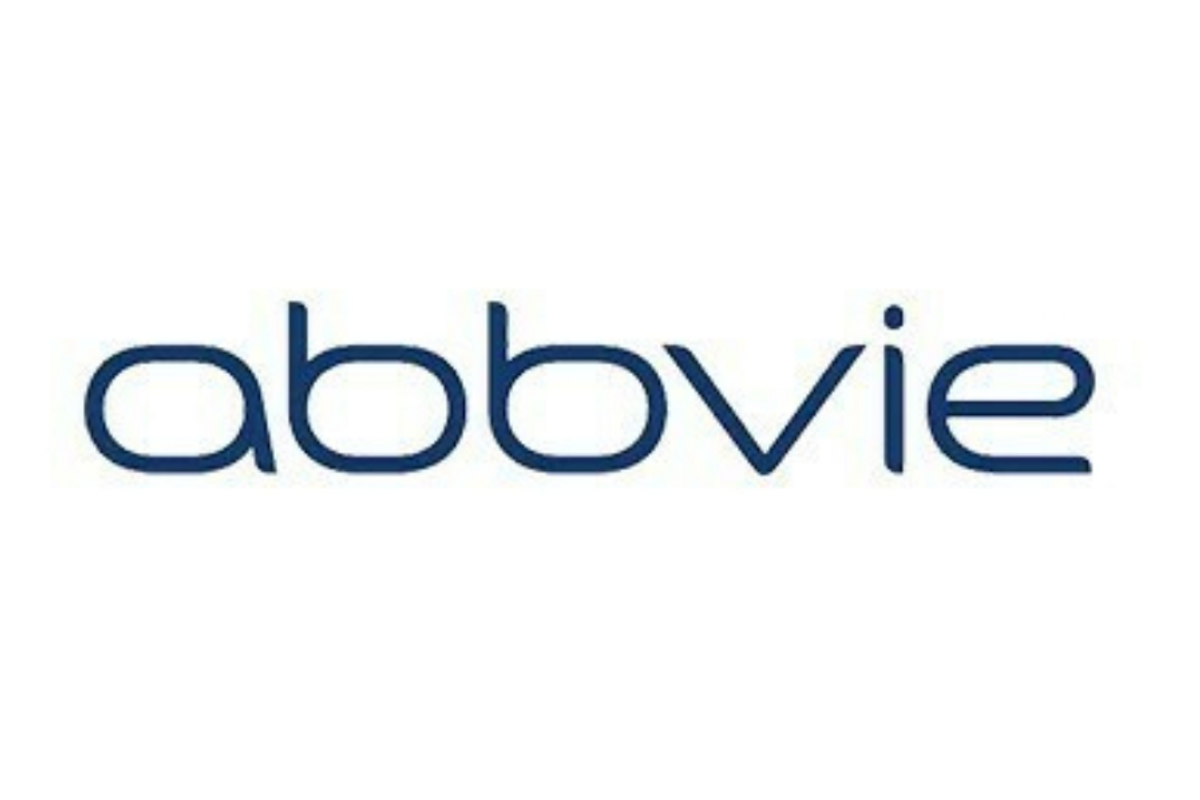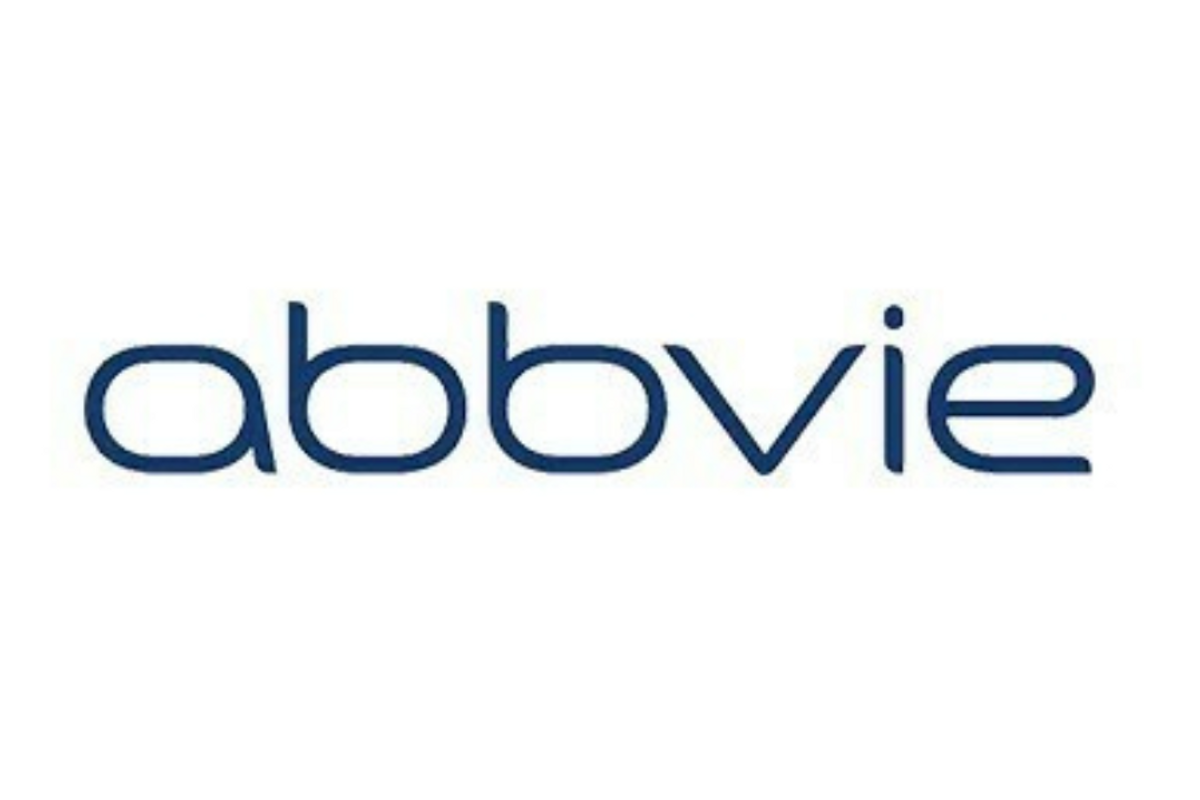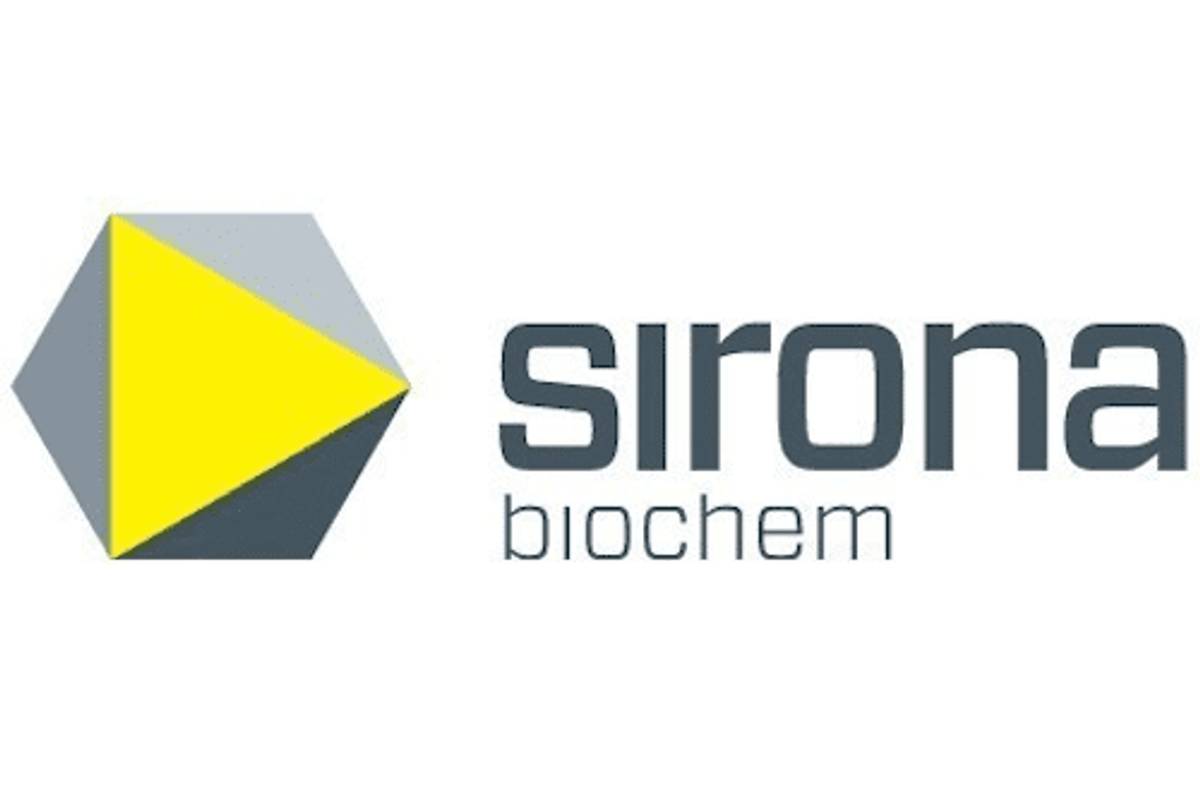- ABBVie (NYSE: ABBV) today announced that the Phase 3 PROGRESS trial evaluating atogepant (QULIPTA™ in the United States ), an oral calcitonin gene-related peptide (CGRP) receptor antagonist (gepant) for the preventive treatment of chronic migraine in adults, met its primary endpoint of statistically significant reduction from baseline in mean monthly migraine days compared to placebo, for both the 60 mg once daily (QD) and 30 mg twice daily (BID) doses, across the 12-week treatment period. The study also demonstrated that treatment with atogepant 60 mg QD and 30 mg BID resulted in statistically significant improvements in all secondary endpoints after adjustment for multiple comparisons. 1
This Phase 3, global, randomized, double-blind, placebo-controlled, parallel-group study evaluated the efficacy, safety, and tolerability of oral atogepant for the preventive treatment of chronic migraine, which is a debilitating neurological disease where patients experience headache occurring on 15 or more days per month for more than three months, which on at least eight days per month has features of migraine headache. 2,3 A total of 778 patients with at least a one-year history of chronic migraine were randomized into one of three treatment groups to receive 60 mg QD of atogepant, 30 mg BID of atogepant, or placebo. 2
Efficacy was analyzed using two slightly different definitions of the patient population based on regulatory agency feedback in the United States and European Union. The United States -focused, modified intent-to-treat (mITT) population included 755 patients with evaluable headache eDiary data collected during the double-blinded treatment period. The European Union-focused off-treatment hypothetical estimand (OTHE) population included 760 patients with evaluable headache eDiary data collected during the double-blind treatment period and the follow-up period.
Across the 12 weeks, based on the mITT population, patients in the atogepant 60 mg QD and 30 mg BID treatment arms of the study, experienced a decrease of 6.88 and 7.46 monthly migraine days, respectively, compared to patients in the placebo arm, who experienced a decrease of 5.05 monthly migraine days (60 mg QD vs. placebo, p=0.0009; 30 mg BID vs. placebo, p Based on the OTHE population, across the 12 weeks, patients in the 60 mg QD and 30 mg BID of atogepant treatment arms of the study, experienced a decrease of 6.75 and 7.33 monthly migraine days, respectively, compared to patients in the placebo arm, who experienced a decrease of 5.09 monthly migraine days (60 mg QD vs. placebo, p=0.0024; 30 mg BID vs. placebo, p=0.0001, adjusted for multiple comparisons). 1
The study demonstrated that treatment with atogepant 60 mg QD and 30 mg BID resulted in statistically significant improvements in all secondary endpoints for both efficacy analysis populations.
A key secondary endpoint measured the proportion of patients that achieved at least a 50% reduction in mean monthly migraine days across the 12-week treatment period. Based on the mITT population, the trial demonstrated that 41.0%/42.7% of patients in the 60 mg QD and 30 mg BID atogepant arms, respectively, achieved at least a 50% reduction, compared to 26.0% of patients in the placebo arm (all dose groups vs. placebo, p≤0.0009, adjusted for multiple comparisons). Based on the OTHE population, the trial demonstrated that 40.1%/42.1% of patients in the 60 mg QD and 30 mg BID atogepant arms, respectively, achieved at least a 50% reduction, compared to 26.5% of patients in the placebo arm (all dose groups vs. placebo, p≤0.0024, adjusted for multiple comparisons). 1
The overall safety profile of the Phase 3 PROGRESS study was consistent with safety findings observed in previous studies in an episodic migraine population. The most common adverse events reported with a frequency ≥ 5% in at least one atogepant treatment arm, and greater than placebo, were constipation (10.0% for atogepant 60 mg QD, 10.9% for atogepant 30 mg BID, and 3.1% for placebo), and nausea (9.6% for atogepant 60 mg QD, 7.8% for atogepant 30 mg BID, and 3.5% for placebo). Most of the events of constipation and nausea were mild or moderate in severity. Most cases of constipation and nausea did not lead to discontinuation. There were no hepatic safety issues identified. Serious adverse events occurred in 2.7% of patients with atogepant 60 mg QD and 1.6 % of patients treated with atogepant 30 mg BID, compared to 1.2% of patients with placebo. None of these treatment-emergent adverse events were assessed as treatment-related by the investigator. 1
"AbbVie has nearly 12 years of experience in treating chronic migraine, a debilitating disease. We know that no two migraine patients are alike, so it is important for health care providers to have a variety of treatment options," said Michael Severino , M.D., vice chairman and president, AbbVie. "These data and pending regulatory submissions solidify our commitment to our leading migraine portfolio to help the more than one billion people worldwide living with the migraine. We look forward to taking the next steps to potentially expand the use of atogepant in the United States to include the preventive treatment of chronic migraine in adults, and to working with regulatory agencies globally on additional submissions."
These data build on the Phase 3 ADVANCE study results, which evaluated atogepant for the preventive treatment of episodic migraine. 4 The primary endpoint of the Phase 3 ADVANCE study was a statistically significant reduction in mean monthly migraine days across the 12-week treatment period compared to placebo. 4
Based on the results of phase 3 PROGRESS trial in chronic migraine, AbbVie intends to submit a supplemental New Drug Application (sNDA) with the U.S. Food and Drug Administration for the expanded use of atogepant to include the preventive treatment of chronic migraine. Additionally, study results from the Phase 3 PROGRESS trial, along with the Phase 3 ADVANCE trial data, in episodic migraine, will form the basis for future regulatory submissions globally. Use of atogepant for the preventive treatment of chronic migraine in the United States is not approved and its safety and efficacy have not been evaluated by regulatory authorities. Use of atogepant for the preventive treatment of episodic migraine and chronic migraine outside of the United States is not approved and its safety and efficacy have not been evaluated by regulatory authorities.
Full results from the Phase 3 PROGRESS trial will be presented at future medical meetings and more information about the trial can be found at www.clinicaltrials.gov (NCT03855137).
About the Phase 3 PROGRESS Clinical Trial
The Phase 3 PROGRESS clinical trial evaluated the safety, tolerability and efficacy of oral atogepant for the preventive treatment of chronic migraine. 2 The patient population for the study included patients with a diagnosis of chronic migraine for at least one year, and greater than or equal to 15 headache days with greater than or equal to eight migraine days in the 28 days prior to randomization. 2 The primary endpoint measured the reduction from baseline in mean monthly migraine days compared to placebo, for both doses, including 60 mg once daily (QD) and 30 mg twice daily (BID), across a 12-week treatment period. 2
Key secondary endpoints for all regions included: Change from baseline in mean monthly headache days across the 12-week of treatment period (baseline is defined as the number of migraine days during the last 28 days prior to the randomization date); Change from baseline in mean monthly acute medication use days across the 12-week treatment period (baseline is defined as the number of migraine days during the last 28 days prior to the randomization date); Proportion of participants with at least a 50% reduction in mean monthly migraine days across the 12-week treatment period; and change from baseline in MSQ v2.1 Role Function-Restrictive domain score at Week 12. The MSQ v2.1 is a questionnaire designed to measure health-related quality of life impairments attributed to migraine in the past four weeks. It is divided into three domains, assessing how a patient's daily, social, and work activities are limited by migraine; how migraine prevents these activities; and assesses the emotional function related with migraine.
For a full listing of secondary endpoints across all regions, please go to www.clinicaltrials.gov (NCT03855137).
About QULIPTA™ (atogepant)
QULIPTA™, which was approved by the U.S. Food and Drug Administration (FDA) in September 2021 , is available in the United States as the first and only oral calcitonin gene-related peptide (CGRP) receptor antagonist (gepant) in the country specifically developed for the preventive treatment of episodic migraine. 5 CGRP and its receptors are expressed in regions of the nervous system associated with migraine pathophysiology, and studies have shown that CGRP levels are elevated during migraine attacks. 6 QULIPTA blocks CGRP receptors through a once-daily dose and is available in three strengths – 10 mg, 30 mg and 60 mg. 5
QULIPTA™ USES AND IMPORTANT SAFETY INFORMATION ( UNITED STATES ONLY)
IMPORTANT SAFETY INFORMATION
QUPLIPTA (atogepant) is a prescription medication used for the preventive treatment of episodic migraine in adults.
Before taking QULIPTA, tell your healthcare provider about all your medical conditions, including if you:
- Have kidney problems or are on dialysis
- Have liver problems
- Are pregnant or plan to become pregnant. It is not known if QULIPTA will harm your unborn baby
- Are breastfeeding or plan to breastfeed. It is not known if QULIPTA passes into your breast milk. Talk to your healthcare provider about the best way to feed your baby while taking QULIPTA
Tell your healthcare provider about all the medicines you take , including prescription and over-the-counter medicines, vitamins, and herbal supplements. QULIPTA may affect the way other medicines work, and other medicines may affect how QULIPTA works. Your healthcare provider may need to change the dose of QULIPTA when taken with certain other medicines.
The most common side effects of QULIPTA are nausea, constipation, and fatigue. These are not all the possible side effects of QULIPTA.
Please see full Prescribing Information and Patient Information .
You are encouraged to report negative side effects of prescription drugs to the FDA. Visit www.fda.gov/medwatch or call 1-800-FDA-1088.
If you are having difficulty paying for your medicine, AbbVie may be able to help. Visit AbbVie.com/myAbbVieAssist to learn more.
About Migraine and Chronic Migraine
Migraine is a complex neurological disease with recurrent attacks that are often incapacitating and characterized by severe, throbbing headache pain as well as compounding associated symptoms like extreme sensitivity to light, sound or nausea. 3 It is highly prevalent, affecting more than 1 billion people worldwide, including 39 million people in the United States alone, and is the highest cause of disability worldwide for people under 50 years of age. 7-9
People living with chronic migraine experience headaches or migraine for 15 or more days per month, with at least eight of those days associated with migraine. 3 Chronic migraine impacts 1%-2% of the global population. 10 It is differentiated from episodic migraine by its more debilitating disease profile including greater prevalence of comorbid conditions as well as higher frequency of headache and migraine days. 11-13 Individuals with chronic migraine experience frequent disabling migraine attacks, preventing them from performing daily activities and significantly affecting their quality of life. This results in substantial societal and familial burden. 14-18 Significant direct and indirect costs are also associated with chronic migraine, leading to economic burden for patients and healthcare systems. 19-21 People living with frequent, more severe migraine, such as chronic migraine, have the greatest need for treatment and receive 50% of preventive migraine prescriptions.
About AbbVie in Migraine
At AbbVie, we are committed to empowering people living with migraine disease. We advance science that enables health care providers to care for people impacted across the spectrum of migraine. Through education and partnerships with the migraine community, we strive to help those with migraine navigate barriers to care, access effective treatments and reduce the impact of migraine on their lives.
About AbbVie
AbbVie's mission is to discover and deliver innovative medicines that solve serious health issues today and address the medical challenges of tomorrow. We strive to have a remarkable impact on people's lives across several key therapeutic areas: immunology, oncology, neuroscience, eye care, virology, women's health and gastroenterology, in addition to products and services across its Allergan Aesthetics portfolio. For more information about AbbVie, please visit us at www.abbvie.com .
Follow @AbbVie on Twitter , Facebook , Instagram , YouTube, and LinkedIn
Forward-Looking Statements
Some statements in this news release are, or may be considered, forward-looking statements for purposes of the Private Securities Litigation Reform Act of 1995. The words "believe," "expect," "anticipate," "project" and similar expressions, among others, generally identify forward-looking statements. AbbVie cautions that these forward-looking statements are subject to risks and uncertainties that may cause actual results to differ materially from those indicated in the forward-looking statements. Such risks and uncertainties include, but are not limited to, failure to realize the expected benefits from AbbVie's acquisition of Allergan plc ("Allergan"), failure to promptly and effectively integrate Allergan's businesses, competition from other products, challenges to intellectual property, difficulties inherent in the research and development process, adverse litigation or government action, changes to laws and regulations applicable to our industry and the impact of public health outbreaks, epidemics or pandemics, such as COVID-19. Additional information about the economic, competitive, governmental, technological and other factors that may affect AbbVie's operations is set forth in Item 1A, "Risk Factors," of AbbVie's 2021 Annual Report on Form 10-K, which has been filed with the Securities and Exchange Commission, as updated by its subsequent Quarterly Reports on Form 10-Q. AbbVie undertakes no obligation to release publicly any revisions to forward-looking statements as a result of subsequent events or developments, except as required by law.
References:
- AbbVie. Data on File: ABVRRTI73750
- Efficacy, Safety, and Tolerability, of Atogepant for the Prevention of Chronic Migraine. ClinicalTrials.gov. Available at: https://www.clinicaltrials.gov/ct2/show/NCT03855137?term=NCT03855137&draw=2&rank=1 . Accessed on February 23, 2022 .
- Headache Classification Committee of the International Headache Society (IHS) The International Classification of Headache Disorders, 3rd edition. Cephalalgia. 2018;38:1-211.
- AbbVie Announces Positive Phase 3 Data for Atogepant in Migraine Prevention. AbbVie. Available at: https://news.abbvie.com/news/press-releases/abbvie-announces-positive-phase-3-data-for-atogepant-in-migraine-prevention.htm. Accessed on February 23, 2022 .
- FDA Approves QULIPTA™ (atogepant), the First and Only Oral CGRP Receptor Antagonist Specifically Developed for the Preventive Treatment of Migraine. AbbVie. Available at: https://news.abbvie.com/news/press-releases/fda-approves-qulipta-atogepant-first-and-only-oral-cgrp-receptor-antagonist-specifically-developed-for-preventive-treatment-migraine.htm . Accessed on February 23, 2022 .
- Russell, F. A., et al. "Calcitonin gene-related peptide: physiology and pathophysiology." Physiological reviews vol. 94,4 (2014): 1099-142.
- The Facts About Migraine. American Migraine Foundation. Available at: https://americanmigrainefoundation.org/resource-library/migraine-facts/ . Accessed on February 23, 2022 .
- Navigating Life with Migraine. American Migraine Foundation. Available at: https://americanmigrainefoundation.org/living-with-migraine/migraine-essentials/ . Accessed on: February 23, 2022 .
- Steiner, T. J., Stovner, L. J., Vos, T., Jensen, R., & Katsarava, Z. Migraine is first cause of disability in under 50s: Will health politicians now take notice? J Headache Pain. 2018;19:17.
- Natoli JL, Manack A, Dean B, et al. Global prevalence of chronic migraine: a systematic review. Cephalalgia. 2010;30:599-609.
- Katsarava Z, Buse DC, Manack AN, Lipton RB. Defining the differences between episodic migraine and chronic migraine. Curr Pain Headache Rep . 2012;16:86-92.
- Buse DC, Manack A, Serrano DC, et al. Sociodemographic and comorbidity profiles of chronic migraine and episodic migraine sufferers. J Neurol Neurosurg Psychiatry. 2010;81:428-432.
- Adams AM, Serrano D, Buse DC, et al. The impact of chronic migraine: The Chronic Migraine Epidemiology and Outcomes (CaMEO) Study methods and baseline results. Cephalalgia. 2015;35(7) 563-578.
- Blumenfeld A, Varon S, Wilcox TK, et al. Disability, HRQoL and resource use among chronic and episodic migraineurs: results from the International Burden of Migraine Study (IBMS). Cephalalgia. 2011;31:301-315.
- Lantéri-Minet M, Duru G, Mudge M, Cottrell S. Quality of life impairment, disability and economic burden associated with chronic daily headache, focusing on chronic migraine with or without medication overuse: a systematic review. Cephalalgia. 2011;31:837-850.
- Buse DC, Scher AI, Dodick DW, et al. Impact of migraine on the family: perspectives of people with migraine and their spouse/domestic partner in the CaMEO Study. Mayo Clin Proc . 2016;91:596-611.
- Buse DC, Powers SW, Gelfand AA, et al. Adolescent perspectives on the burden of a parent's migraine: results from the CaMEO study. Headache . 2018;58:512-524.
- Buse DC, Murray S, Dumas PK, et al. Life with migraine, effect on relationships, career and finances, and overall health and well-being results of the Chronic Migraine Epidemiology and Outcomes (CaMEO) Study. Cephalalgia . 2018;38(Suppl 1):9-10.
- Messali A, Sanderson JC, Blumenfeld AM, et al. Direct and indirect costs of chronic and episodic migraine in the United States : a web-based survey. Headache. 2016 ; 56:306-322.
- Sanderson JC, Devine EB, Lipton RB, et al. Headache-related health resource utilization in chronic and episodic migraine across six countries. J Neurol Neurosurg Psychiatry. 2013;84:1309-1317.
- Blumenfeld AM, Varon SF, Wilcox TK, et al. Disability, HRQoL and resource use among chronic and episodic migraineurs: Results from the International Burden of Migraine Study (IBMS). Cephalalgia . 2011;31:301-315.
![]() View original content: https://www.prnewswire.com/news-releases/abbvie-announces-positive-phase-3-atogepant-qulipta-data-for-the-preventive-treatment-of-chronic-migraine-301500085.html
View original content: https://www.prnewswire.com/news-releases/abbvie-announces-positive-phase-3-atogepant-qulipta-data-for-the-preventive-treatment-of-chronic-migraine-301500085.html
SOURCE AbbVie



